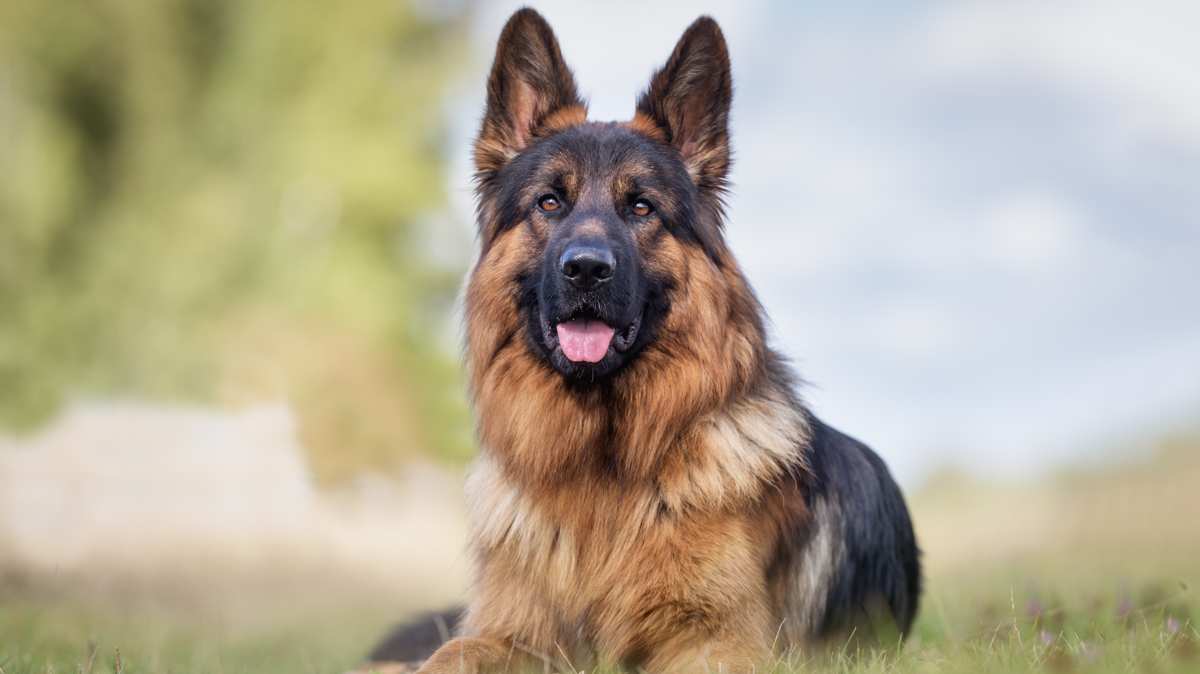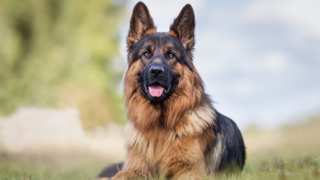Before Rin Tin Tin — the most famous of the heroic German Shepherds that starred in Hollywood films — there was Strongheart. This GSD was born in October, 1917 (six months after the U.S. entered WWI) and was formally named Etzel von Oeringen. During that world war, von Oeringen was a police dog in the German Red Cross. He ended up in the U.S. after being sent to a breeder in upstate New York.
At a Shepherd Dog Club of America show in 1920, the exceptionally large and remarkably looking dog caught the eye of film director Laurence Trimble. (He also owned the Vitagraph Dog, Jean.) Trimble got one of his screenwriters, Jane Murfin, to purchase von Oeringen. The following year, he had been "re-branded" as Strongheart and starred in his first movie — two years before Rin Tin Tin was on the silver screen! By 1925, Strongheart had starred in four films and, according to a 1925 L.A. Times article, had been paid approximately $2.5 million. (For comparison, Hollywood's first millionaire actor, Fatty Arbuckle, signed his 1920 contract for $1 million, which is about $13 million in 2016 dollars).
Strongheart died in 1929 after complications related to a tumor. It was caused by a burn from a stage light while filming a movie. Only a couple of the prints of the dog's four films have survived; only one, The Return of Boston Blackie (1927), is available to the public.
During his brief career, Strongheart was featured in a book titled "Strongheart: The Story of a Wonder Dog" (1926). In 1932, Doyle Packing Company licensed Strongheart's name and photo for a line of canned dog food. (That brand was available in stores as late as 2002.) There were at least two other books as well: "Letters to Strongheart" (1939) and "Kinship with All Life" (1954).
Despite the Strongheart films lost to history, there has been some resurgence in Strongheart's appeal. In 2014, Emily Arnold McCully wrote "Strongheart: The World's First Movie Star Dog," a book which might prompt classic fans of moving pictures to again proclaim Strongheart as one of the top 10 German Shepherd Dogs. These days, you can visit Strongheart's Hollywood Walk of Fame star on the east side of the 1700 block of Vine Street. (Rin Tin Tin, also a GSD, and Lassie, a Rough Collie, are the only other dogs who have Walk of Fame stars.)










